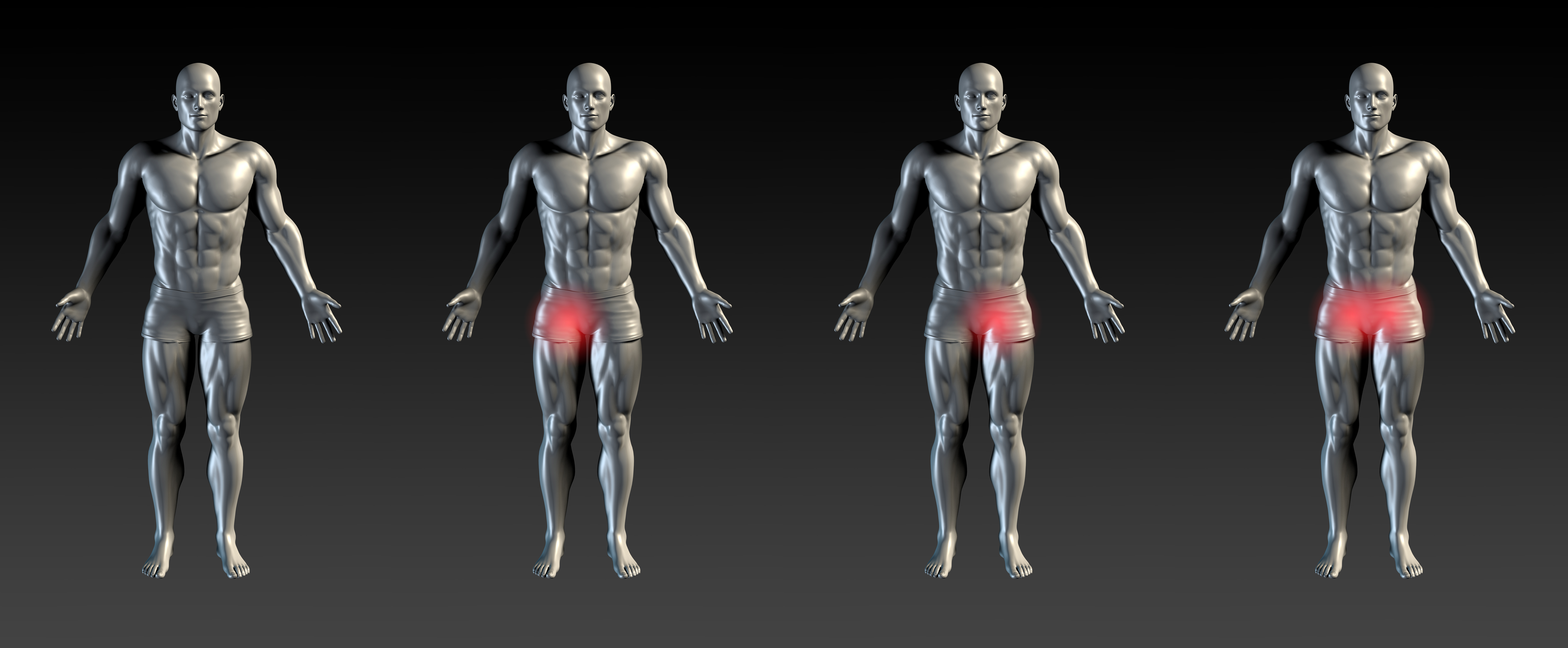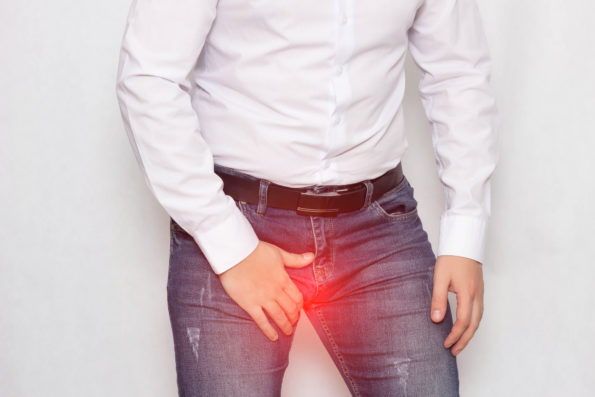A strained groin or a pulled groin is an injury resulting from too much stress to the inner thigh muscles or groin muscles. When these muscles — the adductor muscles — are tensed forcefully from running, jumping, or similar physical activities, they can be overstretched or even torn.
This can be a painful injury that has a long recovery time, even though it isn’t a particularly serious injury. In fact, it’s an injury typical for athletes who play sports that include lots of running, jumping, or direction changes. The injury is triggered by sudden movements such as quick, rapid change in direction or a strong kick.
What causes a groin injury?


Though any muscle can be pulled or strained from overuse, stress to the muscle is the most common cause of a pulled groin injury. This injury is caused from the muscles in the groin either being stretched too far or overused forcefully. Additionally, pulled groin injuries can occur if an athlete or an individual doesn’t warm up thoroughly prior to exercise.
Adductor strains (the inner thigh muscle) are common in athletes who play sports like ice hockey, soccer, and football. All of these sports put immense pressure on the athlete’s bodies, but especially because these sports require quick start-and-stop during gameplay.
Causes of groin pulls and strains vary because this is a frequently used muscle group. It is typical for a strained groin to present in the athlete or patient’s dominant leg.
Strained groins can occur after rapid leg movement or when someone performs the following movements:
- Heavy lifting
- Resistance training
- Excessive stretching and hyper-flexing
- Jumping
- Distance running
- Forceful kicks
- Twisting the leg
- Changing directions while skating
What are the symptoms of a strained or pulled groin?


There are a handful of indicators that will point to a groin injury. Much like other muscle strains, a pulled groin can be painful and the area may be afflicted with tenderness. Depending on the severity of the strained groin, the level of pain may vary from a dull ache to leg spasms.
In addition to pain in the thigh area and groin, pain may be present in the lower abdomen area or in the hips.
Other symptoms of a groin injury include:
- Pain in the thigh, abdomen, or hip area when someone raises their leg, opens/closes their legs, or lifts and bends their knee
- Tenderness in the groin muscles
- Swelling of the adductor muscles
- Heat in the injured area – accompanying swelling
- The surrounding muscles may feel weak
- Difficulty moving the injured leg accompanied by a limp
Groin injuries are diagnosed by three degrees of severity, depending on the degree of the injury. The degrees of severity are broken down below.
- 1st degree: There is mild pain with little mobility issues. Typically, activity does not need to be limited.
- 2nd degree: Mild to moderate pain, accompanied by tissue damage, strength loss, and mobility issues. Bruising may be present.
- 3rd degree: Pain is severe due to a sudden tear in the muscles of the groin. Pain is present upon any movement or usage of the muscle. Bruising is also present.
How are pulled groin injuries diagnosed?
A pulled groin can be diagnosed by a doctor or physical therapist. A medical professional will be able to help determine the severity of the injury as well, though in some cases, they may need to perform additional tests such as an MRI or x-ray.
If you have experienced a groin pull or strain, the medical professional will likely have a variety of questions to ask you in order to help determine more about your injury. They may ask questions including:
- What were you doing at the time of the injury?
- Have you had any prior injuries in the same area?
- What other symptoms have you been experiencing?
During the evaluation, the doctor or physical therapist may also perform a physical exam in order to determine the degree of severity of the pulled groin injury.
What is recovery from a pulled groin injury like?
Depending on the severity of the strain, recovery is different for each groin injury. For minor injuries that are either first or second degree groin pulls, typically, the injury will heal on its own. To speed the healing process, ice can be used to help reduce swelling and bruising in the injured area. Anti-inflammatory medication such as an NSAID like ibuprofen can aid in pain relief.
Compression bandages can aid in recovery too, but precaution should be used when applying the compression bandage. A medical professional can assist in applying compression bandages, as well as providing input on how to proceed.
In general, most groin injuries take a few weeks to heal however this, too, is dependent on the severity of the injury.
According to healthline, this is the recommended rest schedule for the different degrees of groin pulls:
- 1st degree groin strains can rest for 2-3 weeks.
- 2nd degree groin strains should rest for 2-3 months.
- 3rd degree groin strains may require more than 4 months of rest.
In addition to using pain relievers, ice, and rest, there are strengthening exercises to help rehabilitate those muscles.
How do I prevent a pulled groin injury?
One of the easiest ways to prevent a muscle injury is to ensure that prior to physical activity, the muscles are appropriately warmed up and stretched. Preventing a strained groin is no different.
To prevent a groin injury, it’s essential to warm up the muscles in the thigh and leg before physical activity that will utilize the muscles of the groin, lower abdomen, and legs overall. Prevention through exercise is encouraged by plenty of sports-medicine professionals, as well as physical therapists.
Exercises that help strengthen range of motion are some of the most effective exercises in preventing a pulled groin injury in the future.

Didnt help all that much